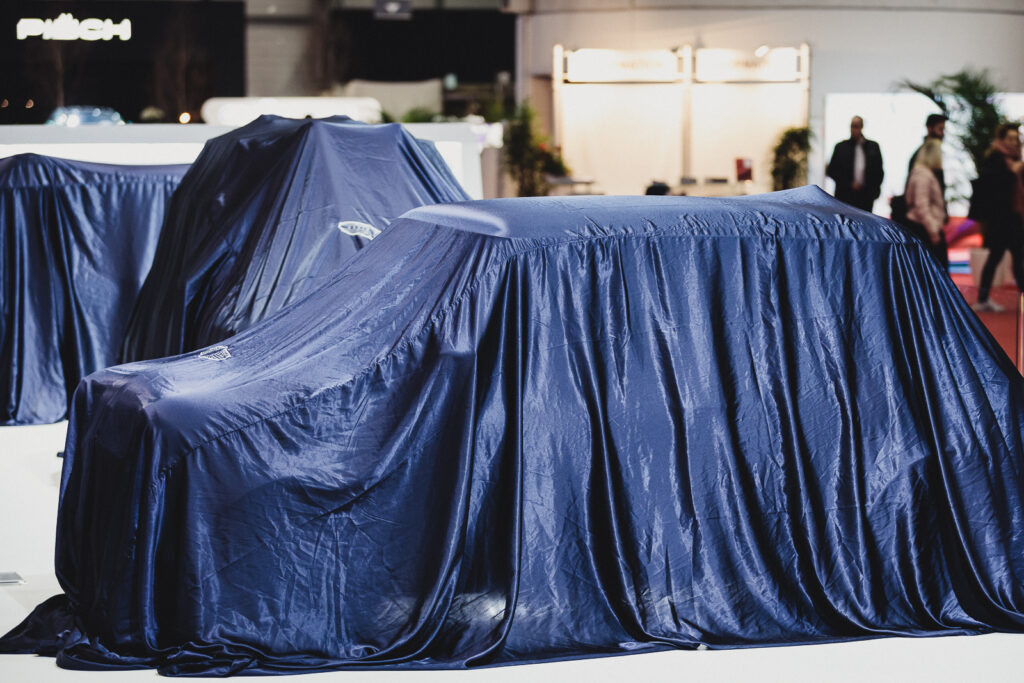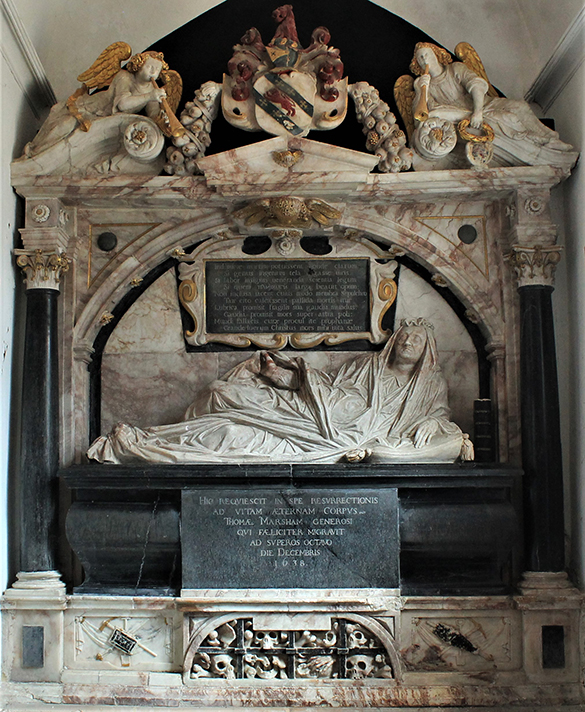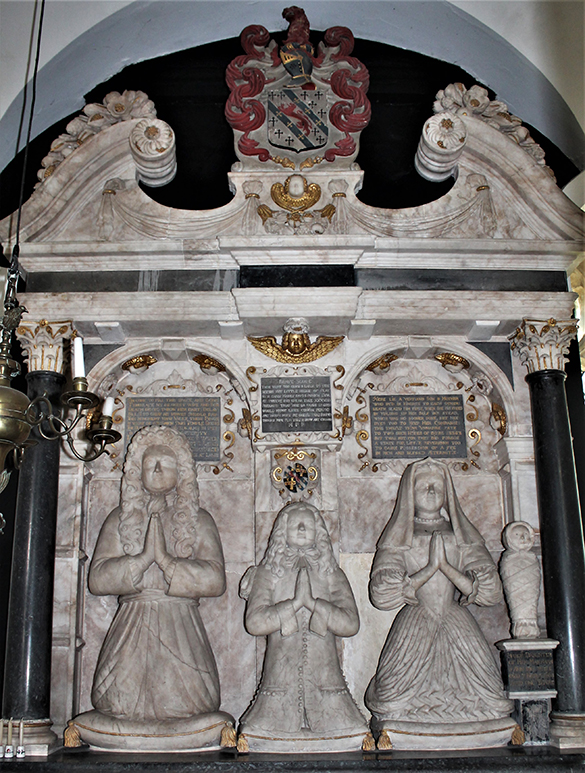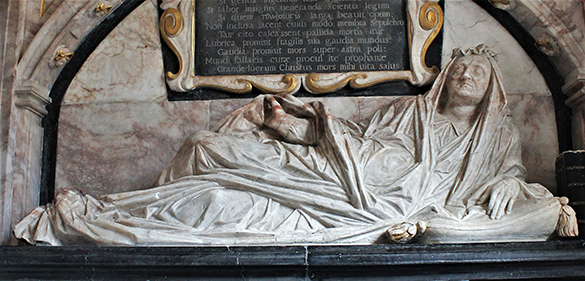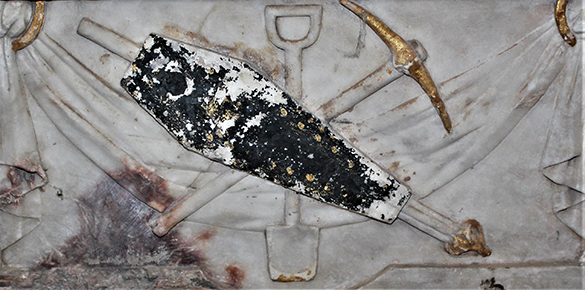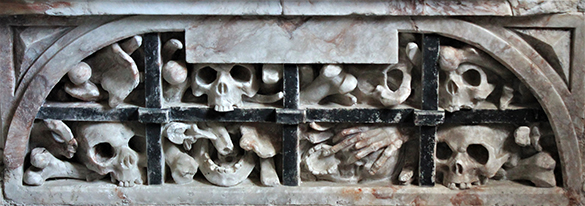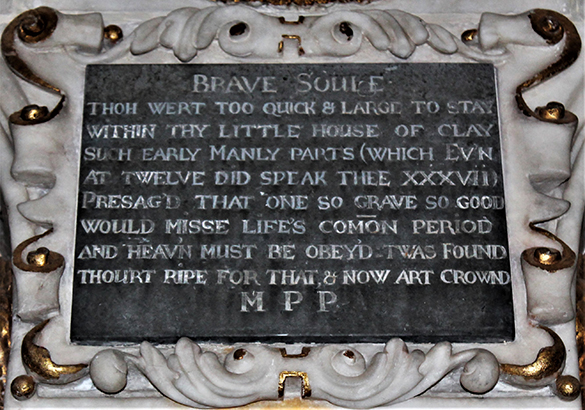
My father, Michael, was a medical student at Guy’s Hospital, London during World War II. I recently found an extraordinary letter that he wrote to his mother describing his part in the celebrations when the cease fire and Allied Victory in Europe were declared.
He was a part of the massive crowd that partied for three days and called the Royal Family out onto the balcony of Buckingham Palace. His letter gives a fascinating insight into those events and people’s behaviour.

Take a look at this news reel of the day.
I can’t help thinking that World War II was the raison d’être for European unity; something that the UK is on the point of moving away from.
Talbot House,
42, Trinity Square,
LONDON E.C.3
14th May 1945
Dear Mother,
God, what a week ! Three days and three nights of jubilation, revelling and indulgence followed the “cease fire.”
Monday afternoon began it and I thought Wednesday would see the end of it – I left my heart, soul and voice in Trafalgar Square. But Thursday was the most strenuous of the lot.
On Monday night – the night of V.E. day, flags were going up everywhere. People were waiting – and tired of waiting – for the word “go” to begin their celebrations.
I arrived from Guy’s to find Miss Coulson brushing what the rats had left of what Coronation Day had left. A little bunting and a Union Jack were put up on the front of 42.
An old fellow with very blue eyes and a palid skin came up and asked me “Is it necessary ?” He went on – “I’ve lost my family…. Do you expect me to hang one out ?” Some would rejoice, having experienced the loss, that no more should die – others of course would not. The obvious remark was “Please yourself !” but I had not the heart to make it.
I set off to Charing Cross in perhaps a more philosophical mood which, however was soon lost when I came across a University of London procession which had been marching since 3.30 – it was now about 10.0. We marched round the Victoria Memorial several times and for an hour waited for the King who did not appear that night. Not many people had waited for the official proclamation and when our number had dwindled to about thirty we split up. Some of us went to Piccadilly – a bunch of men and women from UCL and Bedford. The place was a riot, and until late at night – probably early morning – people were dancing the very wildest of dances – singing and shouting.
I crawled in pretty late but was up early the next morning. I was a little tired. However, no stopping, it was V.E. day.
Everywhere people’s more sober feelings presided in the morning. A service at All Hallows at 11.0. A pint of beer, lunch at Lyons and a service at Southwark at 1.0. Just after 2.0 a bunch of us met some Royal Free people outside St. Georges and strung across the street we marched to Buckingham Palace.
There, crowds were gathering and for the first time I saw thousands herded and directed by mounted police with their wonderful horses under perfect control. It was too crowded and we went on to hear Churchill speak in Parliament Square – it was worse here.
That night we made a famous raid on Kings College, Strand, and captured – without opposition – Reggie (a stuffed lion), the best mascot in London – only once before stolen. Having seen it safely to Guys, Alan and I went to see the King and Queen at Buckingham Palace and hear his speech.
There were masses and masses – an ant hill disturbed was not in the picture. We managed to get to the Victoria Memorial and then lost each other. We waited nearly an hour amongst the panting and sweating crowd which was fainting in parts but growing all over. Big Ben and God Save the King were barely heard ; in fact, I doubt they would have been were it not for a sailor sitting right away up on one of the warriors of the Memorial. His position had temporarily endowed him with leadership. For once in his life he could control the reactions of people, he had the feelings of thousands (millions ?) in the palm of his hand. No one would have deprived him of his temporary glory – but, God how we cursed him later.
A great hush fell on the people, a lull in the storm, death to the struggling – indescribable, intense and intoxicating. “His Majesty the King” – that bloody sailor yelled and clapped – so, therefore, did very many others. We missed the beginning – not much it was true, but at the climax of the hour – two or three hours in some cases – the crowd nearly burst with anxiety.
The King said what was needed and very well – we waited in suspense to see him. Had the Royal Family appeared straight away things would not have been so bad. But we had waited close to half an hour after the speech and when they came out there was a swell of hysteria – a turmoil and each one fought for a fleeting glance. I had never seen any of the Royal Family before – they seemed far off and unreal – but there they were – there they really were ! It was tremendous. I was to get a closer look the next night. Once again I went up to Piccadilly and by amazing coincidence met a crew from Toc H. and together we entered the hilarious spirit of the masses. Tonight being “The” night – rejoicings were madder still. People were climbing up lamp posts, shouting, singing, dancing on shelter roofs and round great fires. These fires were built in the middle of the street from boarded up shop fronts, fences round bombed areas and mainly “To Let” boards and anything else to be found. Eventually we wandered back putting “one foot in front of the other.” If I remember these days for anything, it will be the dire shortage of anything to drink anywhere near the celebrations. This in spite of the fact that I drank more these last few days than ever before.
The next day was quiet in the morning and afternoon – apart from a drink or two on the wards at 12.0 Before the fun began in the evening Alan and I went to a show at the Princes called “3 Waltzes” with Evelyn Laye – a very good show. We had 2/- gallery seats – most successful. Later we found 3 others from Guys and between us found a Wren each. Wrens make good land marks – they are always decent girls and ready for some fun (I tried my hand at some A.T.S. but they were not so forthcoming.) These Wrens were grand. They marched with us, where they helped us shout for Guys until we were 100 strong. Then down the Mall to Buckingham Palace where they danced with us, where they helped us raise the cheers of the crowd – always there – where we brought the King and Queen out of bed and let them know who we were. I saw them closer this time. They really were the King and Queen and no impersonating member of the kitchen staff – no picture in a paper or on a screen. The King and Queen in flesh and blood.
Yes, these Wrens were with us when we marched back again, when we swarmed up the side of the Royal College of Physicians and demanded to see our doctors and when we marched through the crush in Piccadilly to Trafalgar Square and drained our last ounces of energy singing on the steps of Nelson’s Column. Indeed they had to come – we had got their hats on our heads !
Nelson was fine. Serene and aloof he was lit from many different angles. The centre of fun, he was the emblem of England’s gallantry. The Admiralty Arch was flood lit in green and violet, as light as day – as also was Big Ben. The sky was red with flames and streaked with rockets and later a pale shimmering spider-work of shifting search lights. St. Paul’s was beautiful, but the Tower was transfigured ; a fairy tale brought to life ; history on a modern stage ; standing right out in its greyness, baked by the deep purple of night – even Toc H’s roughest soldier was impressed.
I’ll remember these days as examples of England’s reverence – churches were packed ; of England’s love of peace when it’s time for peace – the mornings and afternoons were still ; of England’s solidarity and loyalty, of her good fellowship and joyousness when it’s time to rejoice – and last – her dryness on those nights !
These were some of my doings and impressions – I hope they haven’t bored you – Great Scott ; 7 pages ! You might keep ’em – I might want to read them later – poor reading, though, they’ll make.
Tired, foot sore and sleep wanting we all rolled up for work the next day, but not for long. King’s College raided us. Seven hundred swept into the Hospital. They wanted Reggie. Outnumbered though we were – and taken by surprise – we pushed them right out beyond the gates. This fight was colossal, I’ve never seen so much water – the fire apparatus was a useful weapon – but the details are too many to give you now. From my point of view my shirt was torn by their women, and my beautiful tie taken as a trophy by them. I was thrown down some stairs and tore my best trousers – needless to say I soon changed into a suit from the linen department. In the afternoon we had to take Reggie back – we did ! A half mile procession took him back and the Strand at 3.0 was a mass of fighting students which only subsided when Reggis was in many little bits.
Of course this sort of thing is not without its casualties and it will have far reaching repurcussions. Call it “boyish” if you like – but my goodness it was dashed good sport.
And yet, do you consider we have the right to celebrate like this – after all, one political move leads to another – a war merely means its come to a head, anyhow our troops are still fighting ?
Too, late, the deed is done and there are 50 million people in Great Britain feeling the better for it.
I have missed four days of work so I shall have to work next week-end. I think I shall have to go to the Wells to do it, so unless you hear to the contrary, Alan and I will appear on Saturday afternoon if it’s alright by you.
With very much love,
Michael.






